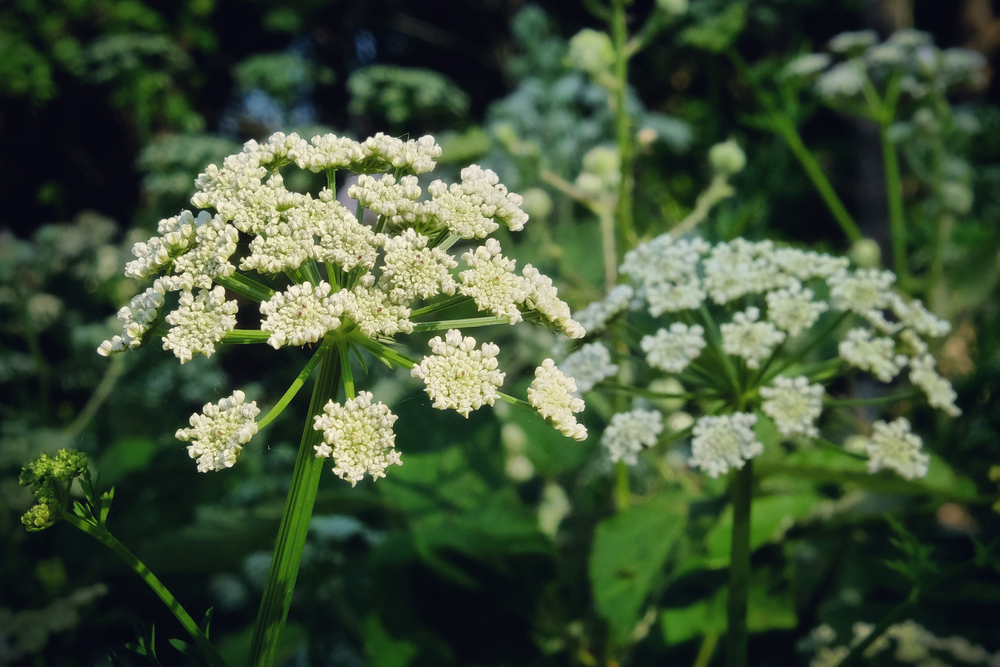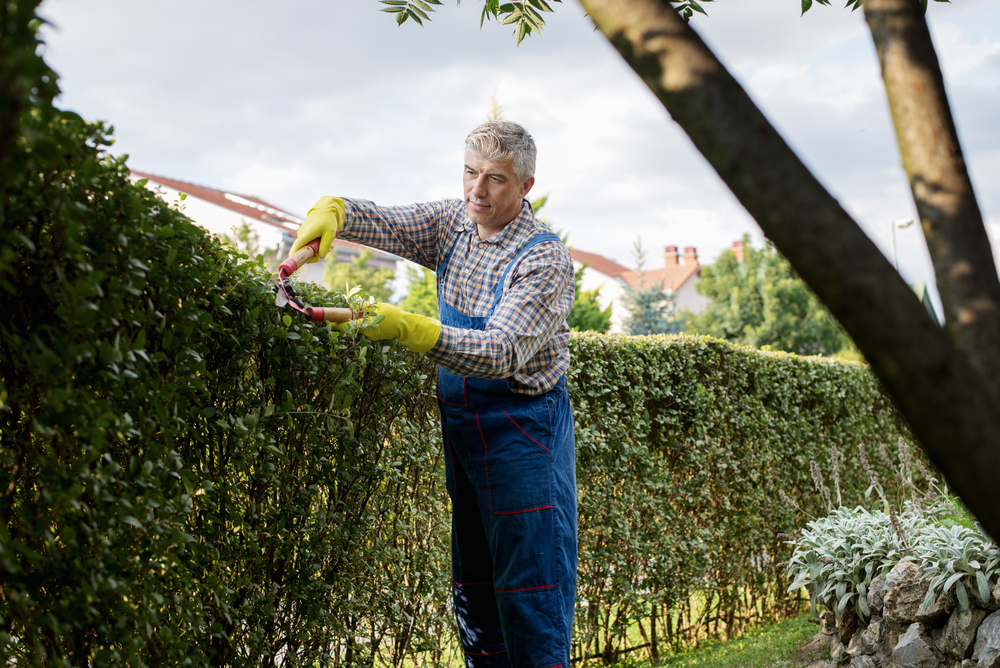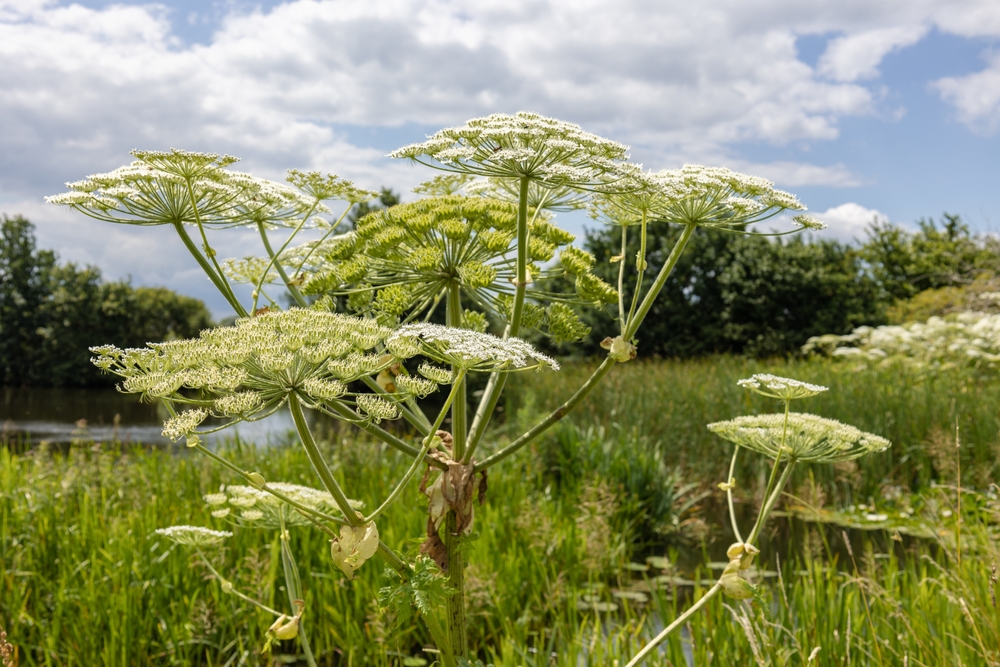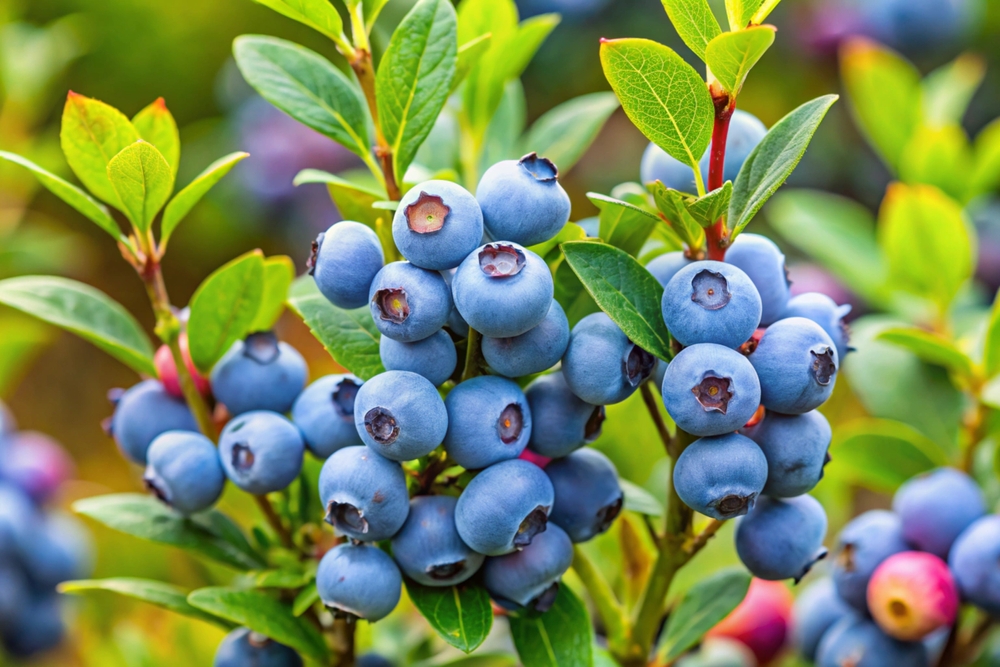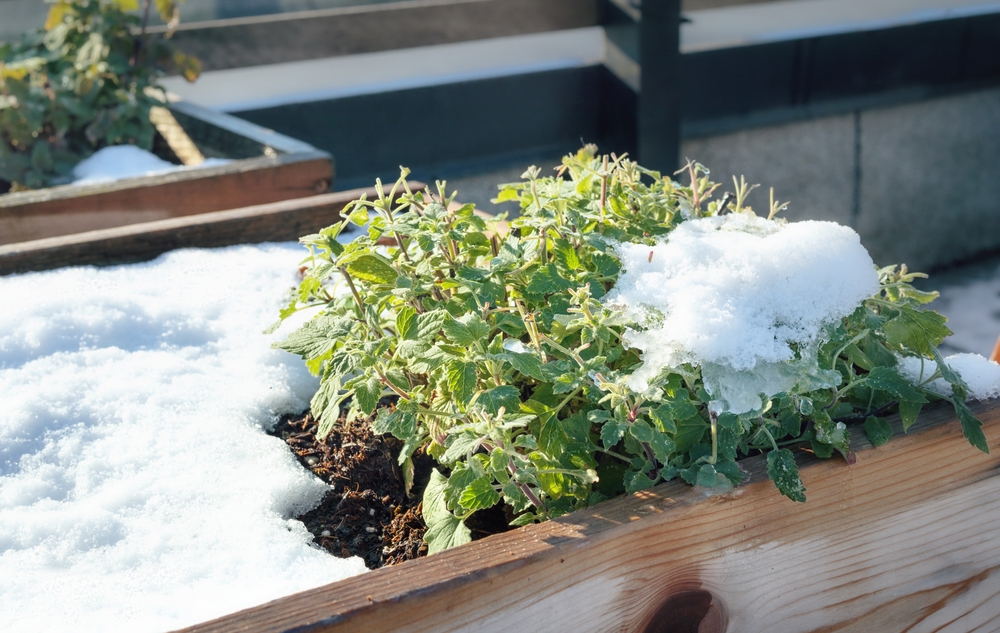Growing wheat in your garden can be incredibly beneficial, and we are here to tell you everything about it!
This is an ancient crop, and there are some good reasons people plated it for such a long time. Wheat is still a main source of food and is one of the most resourceful grains. But if you look in most gardens, you’ll never see people growing wheat.
Those who want to grow this grain generally do it on an industrial scale in the field, but believe it or not, there are a few advantages to growing wheat in your garden.
The best thing is that you don’t need any fancy materials or conditions. A little bit of space and sufficient water are enough. Wheat is high-yielding and easygoing and also offers some rewarding benefits for your garden.
Beautiful, self-sufficient, edible, and soil enrichment are just a few words we can use to describe this grain, so why not dig into the top reasons that make this plant so incredible?

1. Is a fantastic choice for crop rotation
If you want healthy plants, then you know that crop rotation is an essential step. You can’t just keep growing the same crops over and over again in the same place because, in the end, your plants will get affected by pests and diseases.
So, what you have to do is alternate plant families, and this is why growing wheat in your garden can be a real lifesaver. Many times people have troubles and are not sure what to plant for crop rotations, but this grain is here, and you can simply use it and its benefits.
When you run out of rotation options, you can quickly switch to wheat, and voila; you’ll easily keep your garden healthy. A good example of this is if you’ve alternated brassicas and legumes for several years. You can now include wheat and end this cycle.
2. Baking your own bread
If you love cooking and baking, this is one of the biggest advantages of growing wheat in your garden. This is your chance to bake your own bread and use flour that is made entirely from your plants. Sounds amazing and wholesome, right?
This is a truly rewarding experience, and when you are using ingredients that come straight from your garden, you can also be sure that everything is healthy. Also, think about the whole cycle of the food. From harvesting to baking. This is a unique chance to connect to what you are eating in a way not many experience nowadays.
On average, one square foot of wheat yields 60-80 grain heads, providing about ½ cup of flour. This means a 12-inch raised garden bed can help you produce enough flour for one loaf. If you try a more extensive setup, for example, something around 1,000 square feet, you’ll be able to harvest enough wheat to make 90 loaves of bread!
If you have a larger garden, this is easy to achieve, and in the end, all you have to think about is how you’ll take that fresh loaf of bread out of the hot oven. Homemade bread is so different not only in terms of ingredients but also in terms of flavor and texture.
3. Enhances soil quality
Besides the food that you get, growing wheat in your garden is an amazing idea because it can efficiently enhance solid quality. How does it work?
Wheat has thin and long roots that go deep into the ground and also extend wide. These roots aerate the solid and make it more structured. The best thing is that this is a natural process that prepares the soil and makes it better for future crops. With increased organic matter and fertility, be sure that whatever you are going to plant next will grow healthy and strong.
On farms, wheat is often used as a cover crop to prepare the land for the next planting season, so why not use the same principle in your garden? Growing wheat in your garden prevents soil erosion because it acts as a dense cover that protects the soil from wind and water erosion. Also, this cover suppresses weed growth, so you can see it as an easier way to maintain your garden and take care of the soil.
Another thing about growing wheat in your garden is that this grain is also known as “green manure.” Over the winter, it produces a substantial amount of foliage, and if tilled into the soil or composted, it enriches the soil and makes it more fertile.
4. Is easy to grow and reliable
Growing wheat in your garden is incredibly easy, and all of that is because wheat is one of the most resilient and reliable crops. This is why it’s a fantastic choice for both beginner and experienced gardeners.
Wheat is a member of the grass family, and it can grow almost anywhere in the US. It adapts so well, and this is why you can find wheat in the North, where it is cold, and also in the South, where the temperatures are more mild.
One of the greatest advantages of wheat is that it doesn’t need fertilizers. It can grow healthy and robustly with minimal intervention. This makes it a low-maintenance crop and is perfect for any gardener who wants something simple.
As we said, wheat is also a great choice because it can withstand extreme temperatures. Winter wheat, in particular, is exceptionally hardy, capable of surviving temperatures as low as -15°F!
So, growing wheat in your garden is possible no matter the season, which means you can plant it in the fall and harvest it in late spring or early summer. Having a steady supply of homegrown grain can be useful for anyone who wants to live a more sustainable life.
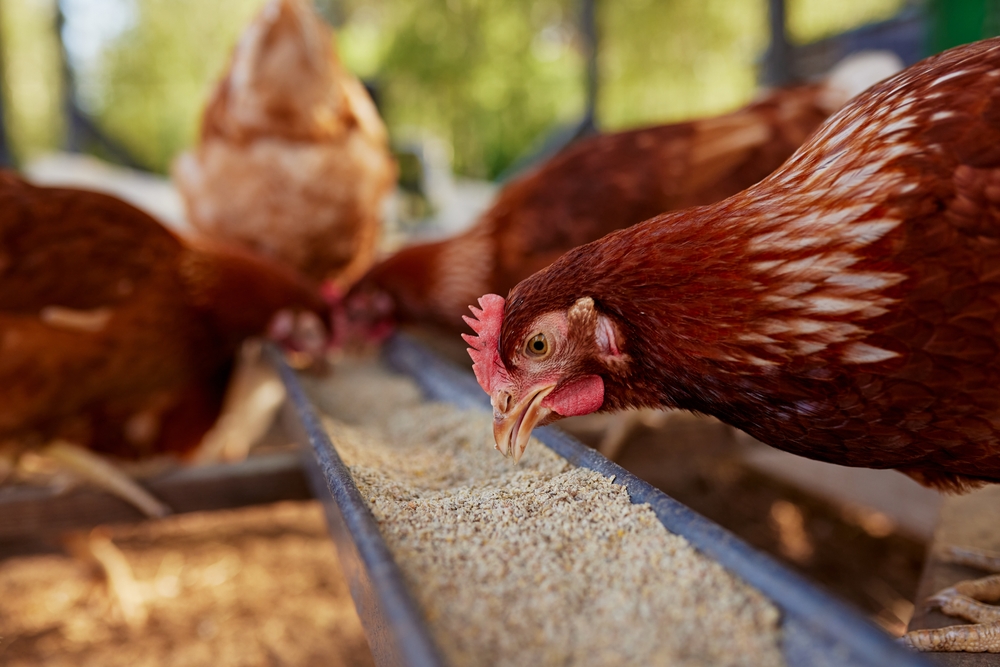
5. Chicken and duck feed supplement
Sometimes those who have a big yard and a garden want to take it one step further and think about also taking care of some livestock. As you would expect, some of the most popular choices are birds, in particular chickens and ducks.
If you are growing wheat in your garden, you will save a lot of money that you would spend on food for the birds. Besides this, you can know for sure that it’s all-natural and nutritious.
Wheat is rich in essential nutrients that contribute to the health and productivity of poultry. It is an amazing source of carbohydrates, proteins, and vitamins, and these are all essential for the overall well-being of your birds.
Young chicks are particularly fond of wheat, but you need to remember that it needs to be in small pieces so it can be suitable for their small beaks. Adult chickens and ducks can easily handle whole grains, so you can simply toss the wheat into their feeding area and let them peck away without worrying too much.
The financial benefits are obvious, but this can also be an approach that is a more engaging and stimulating experience for your birds that will enjoy eating directly from the ground.
If you already have a KitchenAid, you should know that there is an attachment that is perfect for making fresh flour: Grain Mill Attachment for KitchenAid Stand Mixer
You should also read: Top 6 Amazing Fast-Growing Shade Trees for Your Garden

